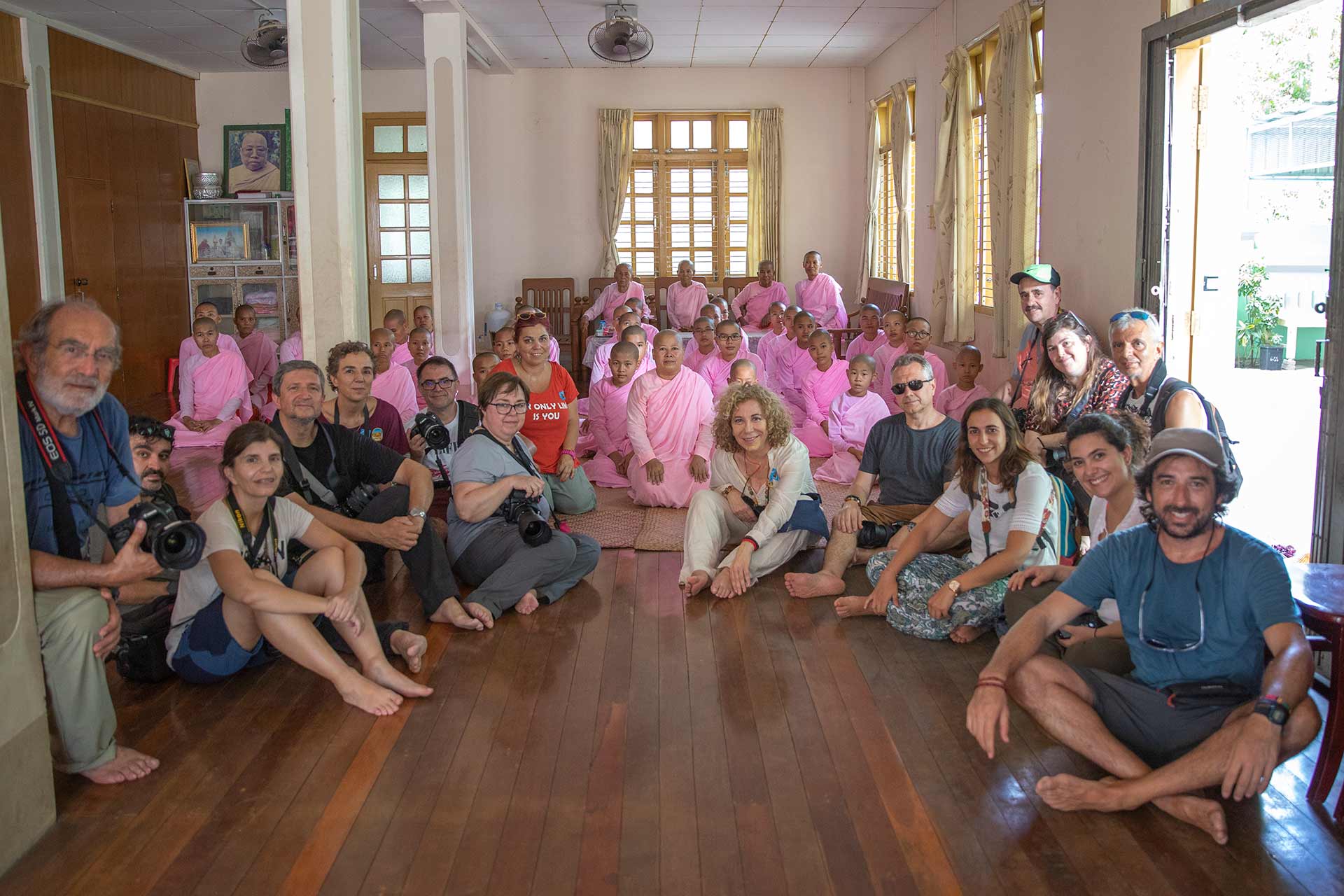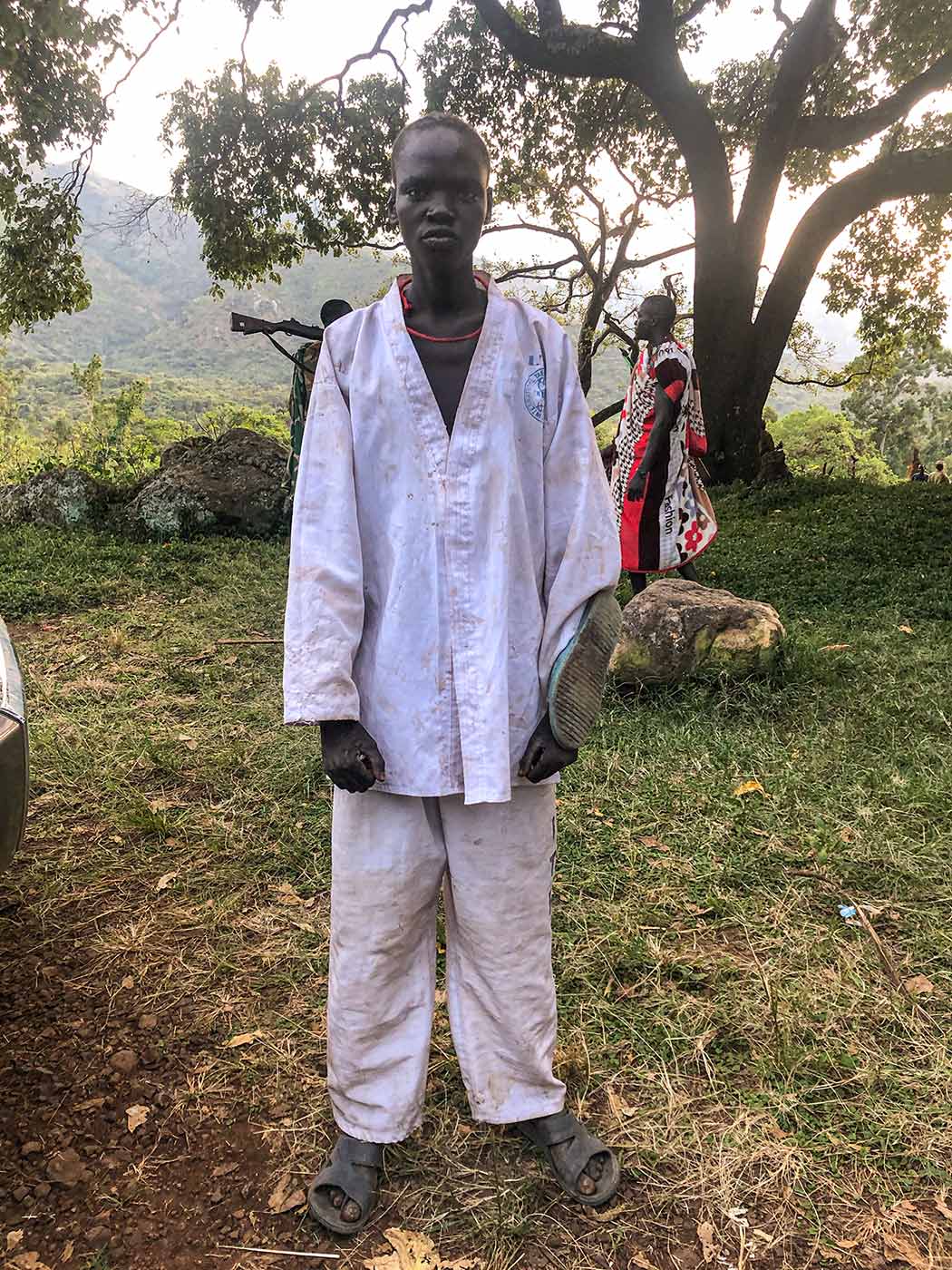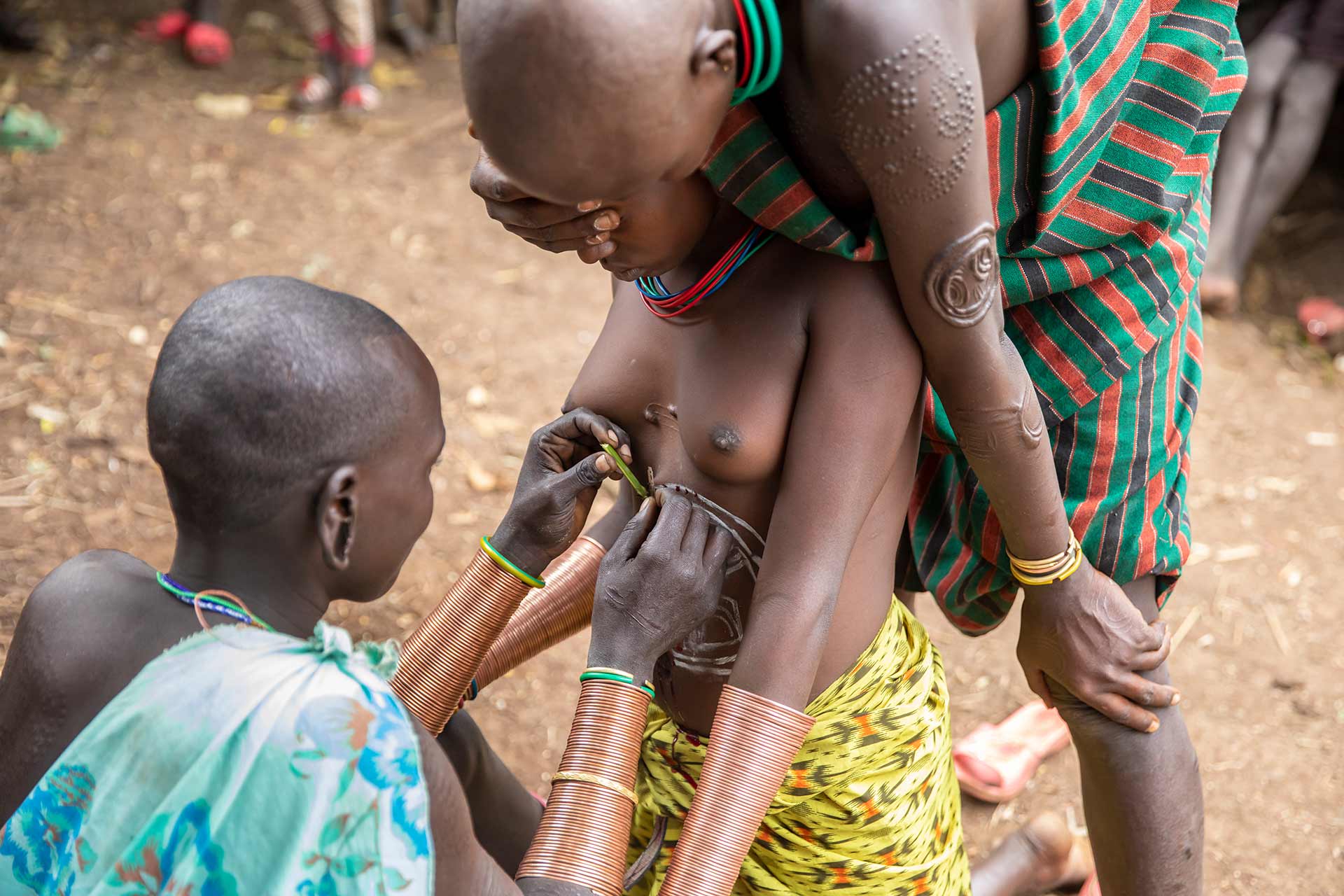
We leave you with a reflection and some tips that after all these years traveling the world I think can be useful when visiting remote and hidden villages.
We travel in search of new emotions, to see remote places, different people, ways of life strange to our eyes… But, unfortunately, sometimes we are so eager to live an exciting experience that we do not calculate the effects of the impact of our presence in those areas, and in many cases, they stop worrying us once we return home.
The trips organized by PhotoTravel in Asia and Africa offer authentic experiences that put us in contact with indigenous villages far from the tourist routes, so we must be extremely scrupulous in minimizing the consequences of our passage.
“The only footprint we should leave in these places is that of our shoes, which fade in the wind.”
Possibly travelers are aware of the need to take care of the environment and respect the fauna of those places we visit, but perhaps we are not so aware of our impact on indigenous peoples. Here are some tips to ensure that your way of travelling is not only sustainable, but also ethical and respectful of people’s rights.
The culture of Europe and Asia has temples, museums, castles, cathedrals, impressive architecture…, tangible qualities that are easy to see and photograph. Africa’s cultural attractions (ethnic and tribal heritage, beliefs, storytelling, ancestral knowledge, music, dance…) are intangible, which makes them less easy to appreciate at first glance, but as they are more fragile we have to take care of them with scrupulous rigor.
We must avoid thinking and acting as if our trip to Africa or Asia is a simple tribal tourism experience. Traveling is a way to learn more about the world and about yourself, and meeting new people can be part of that learning. That should be our motivation. The lens of our camera must always respect the dignity of the person in front of it. It is important to interact with our model, ask permission to photograph him, only then, in addition to a good photographic portrait, will it also be ethical. It will be seen in the result of your photographs.
Contact with African tribes can have many positive effects. If done sensitively, it can help us both to know and appreciate the different forms of life. For indigenous communities, it can be a gateway to facilitate cultural exchange and better adaptation to new environments. And for those peoples who struggle to maintain their livelihoods and traditions, it is also a way to educate others about their origins and ways of life, earn some money, and actively participate in maintaining their culture.
What are the negative aspects of visiting remote cultures?
Above all, there is the danger of turning our trip into a “human safari”. This type of “tribal tourism” can cause immense damage with regrettable economic, environmental and cultural effects if basic rules of respect for people and their environment are not respected, which can inevitably lead to the disarticulation of cultures.
What if I want to help these people? What can I do? Could you bring food, clothing, or money?
This is a dangerous idea, never give clothes and less in remote areas, this is what I saw on our last trip to the Surma area of Ethiopia, a young man in a taekwondo suit, surely the tourist gave it away with all his good intentions but it does a lot of damage to his culture.
You need to ask yourself if you really want your help to be as effective as possible or if what you’re doing is a compassionate act. If you really want to contribute to improving their living conditions, it is best to collaborate with an organization that helps tribal peoples, who know their needs perfectly, instead of offering them randomly chosen objects that do not do these communities good in the long term. Contact the guides and ask how you can help. Let them be the ones who, in contact with the local bosses, take the initiative in the distribution. If you do it yourself, it will be a lot of fun, but you will generate great inequalities and discomfort.
You can support communities by purchasing handmade products and souvenirs from local artisans and cooperatives. When shopping, remember that haggling is the art of finding a price that both parties are happy with, negotiate with patience and a smile, and keep in mind that the profit made from a product directly benefits the local economy and the seller’s family.
So, is it possible to visit indigenous peoples ethically?
There are ways to have an enriching interaction with indigenous groups, but it is not achieved by reaching their villages, putting the camera in their faces and returning to the car to go to another village. This is the reason why PhotoTravel is committed to a model of coexistence relationship consisting of camping near them, in order to provoke that interaction of equals that enriches the experience and the final result of your photographs. Our model is to make trips that respect the ecological and cultural environment of our hosts; “community-based ecotourism” instead of the unsustainable model of “tribal tourism”.
Travel Photography: Tips for Responsible Photographers
- The basic rule is simple; Would you like someone to do this to you? If not, don’t do it. If you wouldn’t want someone to take a picture of you under those circumstances, don’t take theirs. Try to highlight their local pride in your portraits.
- Start a conversation; Even without a common language, gestures can be a big help. Ask them their names, ask what they’re selling or the work they’re doing. Compliment them on their clothes or jewelry, especially if that’s what inspired you to want to take a photo. They also enjoy compliments.
- Ask permission to take a picture of them. If they say no, thank them for their attention. And if they agree, well, you already have a little backstory. If you get someone’s attention, you can usually tell whether or not they want to have their picture taken.
- Leave them your camera and let them take photos too, it is a good way to establish a good relationship between laughter and jokes.
- In general, it is not advisable to pay for photos. There are exceptions, such as in the Omo Valley in Ethiopia , where this is a great source of income for the tribes, who really dress and decorate to impress. But payment can cause all sorts of problems, from falsifying culture (costumes, ceremonies…) to earn cash, to encouraging begging. And never pay the kids, even with candy or toys. In addition to discouraging them from attending school, it is ethically wrong.
- If you want to give something in return, it’s a nice gesture to buy something from artisans or merchants. They buy in their markets, people work hard and earn very little to produce what they sell in the markets. They will appreciate your gesture.
- A gift that they like a lot are the razor blades, the blade, which they use to cut their hair or perform scarifications, also the small mirrors are very appreciated among women.
- Take time to research the destination before your trip, including history, which will provide you with context and give you some insights into what offends and what doesn’t offend in the local culture.
- Learning a few words or phrases in the local language is also a great way to interact with people, as well as show your interest in learning about their culture.
- Be respectful, you’re in someone else’s house.
- Enjoy the experience and be open-minded.
And remember, at PhotoTravel don’t dream it… live it!???
PhotoTravel, number one ☝️agency in Photographic Travel
?Leaders in the Sector ????
0




